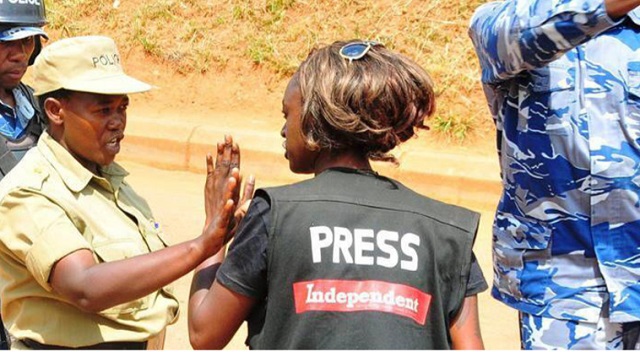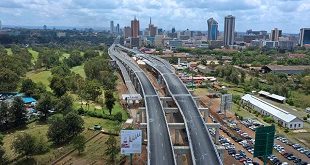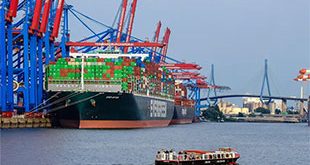
How it hurts Uganda’s ranking in the world
| THE INDEPENDENT | Uganda has a bad underlying environment for journalists and taken together with the many acts of violence and abuses against journalists, has a very bad press freedom ranking compared to other countries. That is what the latest Press Freedom Ranking 2020 shows.
The report is compiled by the Paris-based NGO, Reporters Without Borders, also known as Reporters sans frontières (RSF), which works to promote free, independent and pluralistic journalism and to defend media workers.
This year’s report indicates that there has been a general decline in press freedom in the East African region. Uganda and Rwanda, which have previously been ranked badly remained in the same positions, but other countries like Kenya and Tanzania, are rushing to join them. Kenya went down three places but Tanzania is the worst performer, sinking six places.
In 2019, RSF reported the arbitrary detention of 171 journalists in sub-Saharan Africa. Arrests and arbitrary and lengthy detentions are increasing, as are on-line attacks and repressive new laws which can be abused to curb freedom of news and information on the pretext of fighting disinformation and Internet crime.
Even countries that may have already decriminalised press offences, new all-purpose legislation in the name of the fight against disinformation or hate speech crops up. The charges against Tanzanian investigative journalist Erick Kabendera were changed three times with the aim of keeping him in detention.
The communications of journalists and African news media are increasingly monitored and they face online censorship and attacks. They can also face smear tactics, as happened in 2019 to the Nation Media Group, the first privately-owned media group in Kenya, which was tagged with the hashtag #NationMediaGarbage by trolls close to the government. Reliable news and information is often swamped by a jumble of propaganda, conspiracy theories and misinformation on social media.
Countries with new leaders; the Democratic Republic of Congo (DRC) and Sudan which have new leaders showed marked improvements in press freedom with Sudan gaining 16 positions to rank 159, and DRC gaining four positions to rank 150.
The rankings
According to the ranking released recently to coincide with events to mark World Press Freedom Day May 03, Uganda is ranked 125 on an index of 180 countries where 180, which is the worst rank is held by North Korea.
In the East African region, Kenya is the best ranked at 103, followed by Tanzania 124, and Uganda 125. The other East African countries fare very badly; with South Sudan at 138, Rwanda at 155, and Burundi 160.
The point the report reveals is that Uganda could score better if it did not have a very bad underlying environment for journalists to start with. This is because Uganda is not the worst abuser of journalists in the East African region. That title goes to Rwanda, followed by Burundi.
But Uganda’s very bad underlying environment for journalists hurts its ranking. On a score of 0-100, with 100 as the worst score, Uganda is at 41. Kenya which has the best environment for press freedom in the region is at 34.
Crucially, Tanzania which is at almost the same level on underlying conditions pulls ahead of Uganda in overall ranking because it has a lower level of abuses and acts of violence against journalists. In terms of abuses, Tanzania is at 14 far better than the United States of America at 20 and Kenya at 21.
The degree of freedom available to journalists in 180 countries is determined by pooling the responses of experts to a questionnaire devised by Reporters Without Borders (RSF). This qualitative analysis is combined with quantitative data on abuses and acts of violence against journalists during the period evaluated. The criteria evaluated in the questionnaire are pluralism, media independence, media environment and self-censorship, legislative framework, transparency, and the quality of the infrastructure that supports the production of news and information.
In the report, degree of pluralism measures the degree to which opinions are represented in the media and media independence measures the degree to which the media are able to function independently of sources of political, governmental, business and religious power and influence.
 The Independent Uganda: You get the Truth we Pay the Price
The Independent Uganda: You get the Truth we Pay the Price





